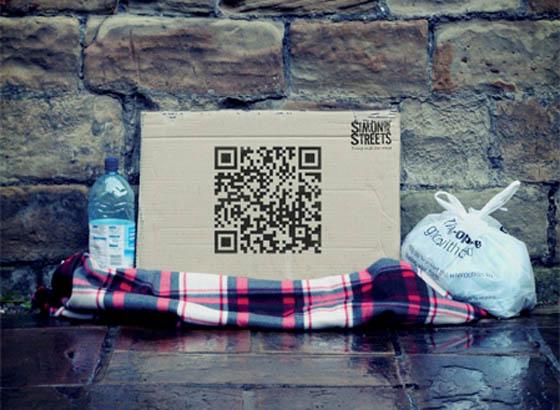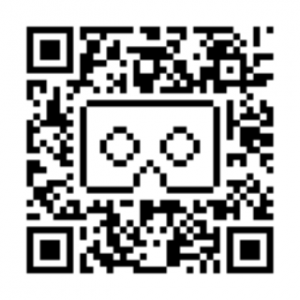

- #Cardboard google qr code reader connection for android#
- #Cardboard google qr code reader connection android#
The first one announced was the Lenovo Mirage Solo.
#Cardboard google qr code reader connection android#
In 2018, Google even roped OEMs into making standalone Daydream VR hardware, so instead of being powered by a phone, Android and all the usual phone bits were integrated into a standalone VR headset. Google's best app was Tilt Brush, a killer piece of VR painting software. VR support came to YouTube and Google Street View, and together with Mozilla, the Chrome team launched WebVR. A VR version of the Play Store let users download the latest VR experiences in 3D. Android got a VR home screen and added a special notification style so apps could still alert you in the 3D VR interface. Google started certifying devices for enhanced "Daydream" support, laying out best hardware and software practices for VR. VR support also was built into Android 7 Nougat in 2016, allowing Google to make latency-reducing graphics pipeline improvements in the core OS. Next, Google started to pile on software support. AdvertisementĪfter cardboard, Google started to scale up its VR ambitions. In 2016, Google also launched an upscaled version of Google Cardboard, the Google Daydream VR headset. This was a plastic and cloth version of a phone-powered VR headset, with the key improvements of a head strap and a small controller, for $80.

Since the product was just cardboard and plastic lenses with no electronics whatsoever, Google sold the headset for just $20. There was even a cardboard action button on the handset that would boop the touchscreen with a capacitive pad, so you could aim with your head and select options in a VR environment. The landscape display split into left and right views for your eyes, the phone hardware rendered a VR game, and the accelerometers did 3-DoF (degrees of freedom) head tracking.
#Cardboard google qr code reader connection for android#
Google built a Cardboard app for Android and iOS, which would let any suitably high-end phone power the headset. The device was a literal piece of cardboard, shaped like a VR headset, with special plastic lenses. Google Cardboard was a surprise hit at Google I/O 2014 and moved the entry point for VR lower than anyone had imagined previously. The message on the Google Store, which was first spotted by Android Police, reads, "We are no longer selling Google Cardboard on the Google Store." Today the company stopped selling the Google Cardboard VR viewer on the Google Store, the last move in a long wind-down of Google's once-ambitious VR efforts.

Google's last surviving VR product is dead.


 0 kommentar(er)
0 kommentar(er)
